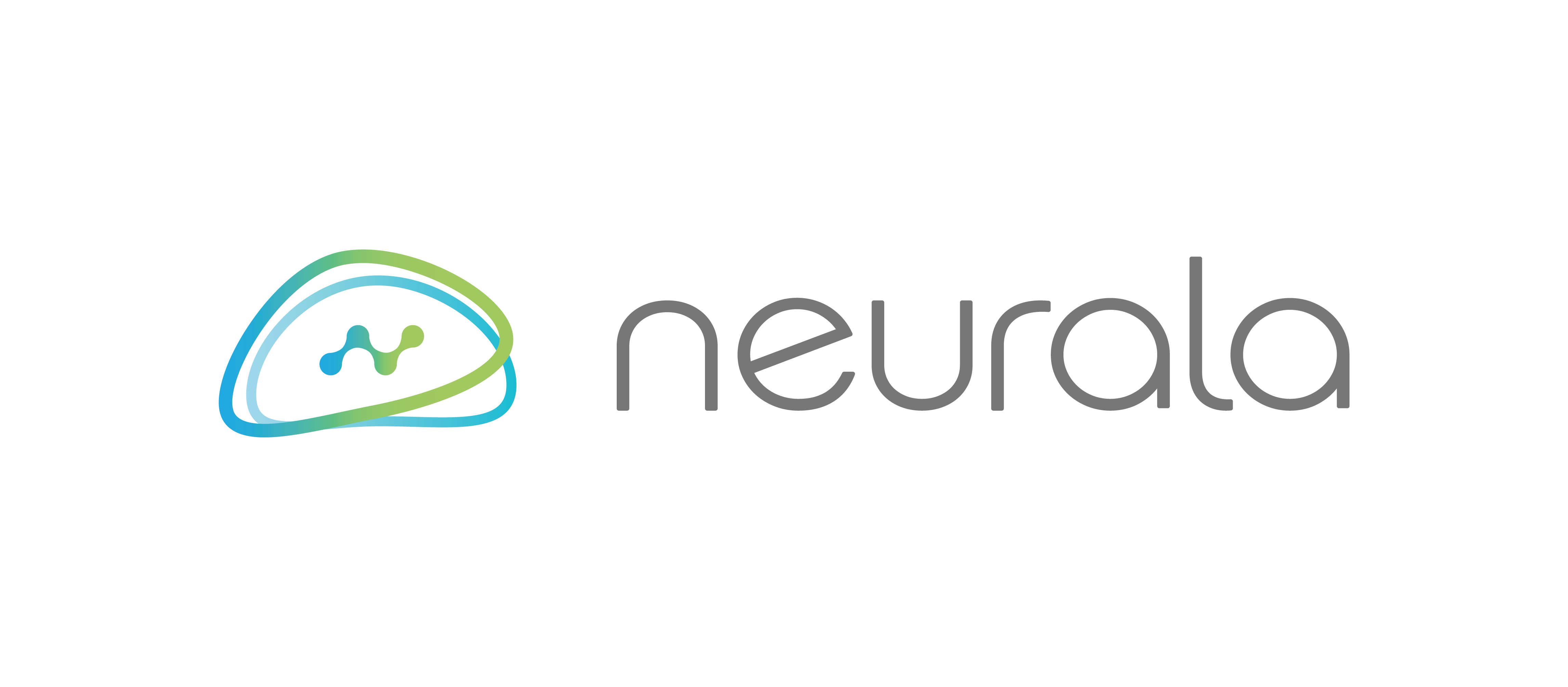Neurala Becomes Largest Supplier of Deep Learning Software Running in Real Time on a Drone
Aerialtronics and Squadrone System, Makers of Hexo+ Self-Flying Camera, Demonstrate Neurala Brains for Bots™ SDK Software For Inspections and Logistics Applications At NVIDIA Event
BOSTON, MA – September 28, 2016 – Neurala became the world’s largest supplier of deep learning software for drones when it expanded the number of companies using its Brains for Bots deep learning, neural network software development kit (SDK). Dutch manufacturer Aerialtronics and France-based Squadrone System, Makers of Hexo+ Self-Flying Camera, join with U.S.-based Teal Drone and an unnamed top five drone vendor as companies that have selected Neurala’s software for on-board processing using the NVIDIA Jetson TX1 platform.
On-board, deep learning, neural network software enables drones to make real-time decisions in time sensitive situations. Neurala’s software mimics the functions of the human brain and uses an ordinary camera as its eye. With the Neurala software, a drone can learn objects, scenes, people, or obstacles, recognize them when viewed by the camera, locate them within the video stream and track them as they move.
At the NVIDIA GTC Europe event, Squadrone System demonstrated real-time data collection and data analytics for logistics, site exploration and surveillance using Neurala software. The demonstration showed an autonomous flying drone scanning items in bins and recognizing misplaced items.
Aerialtronics, a Dutch manufacturer of technologically advanced drones, demonstrated a visual inspection of cell towers with Neurala software on the Altura Zenith UAS. The resulting system can visually inspect a cell tower and recognize the equipment mounted on the mast. The intelligent drone application is expected to be extended beyond cell towers to include inspection of bridges, buildings, wind turbines and other infrastructure.
Teal Drones, the makers of the world’s fastest production drone, previously announced that Neurala’s software will be used for a built-in “follow-me” application that will ship with every Teal Drone unit.
“We are delighted to work with the top consumer and enterprise Drone companies in the world, and join forces to deliver solutions that bring the drone industry to the next step. With Neurala’s software embedded in NVIDIA Jetson TX1 platform, our customers will receive unparalleled functionality at the edge for real-time decision making, would that be inspections, security, or consumer applications,” said Massimilano Versace, CEO of Neurala.
“By having recognition performed on the drone itself, Neurala enables real-time applications and drone control that are not possible using a tethered system or post-processing. The shipment of the NVIDIA Jetson TX1 platform for on-board processing is the first enabling technology to make our real-time, deep learning software possible,” said Roger Matus, VP of Products and Markets for Neurala.
While Neurala Brains for Bots SDK supports a wide range of hardware, ranging from Single Board Computers to powerful GPU processors. Neurala takes particular advantage of NVIDIA (www.nvidia.com) processors for high performance applications. The SDK supports Linux, Android and iOS.
The major capabilities of Neurala Brains for Bots SDK are the following:
Learn: Train to remember objects, people or groups of objects. Instant training can be performed by the end user to learn a particular object or person. For more robust object categories, groups of objects can be pre-trained and, if desired, personalized by the end user.
Recognize: Identifies learned objects and learned object classes when it sees them anywhere in the real-time video stream. The Neurala Brains for Bots SDK provides the label (name) given to the object or object class, along with a likelihood estimate.
Locate: Simultaneously recognizes and provides the location of learned objects or object classes when it sees them anywhere in the real-time video stream. The Neurala SDK provides the label (name), likelihood estimate and on-screen coordinates.
Follow: Tracks the movement of recognized objects from frame to frame in the live video stream with updated coordinates. Information can be easily converted using the supplied tools to left/right, up/down and forward/back motor commands.
